Image
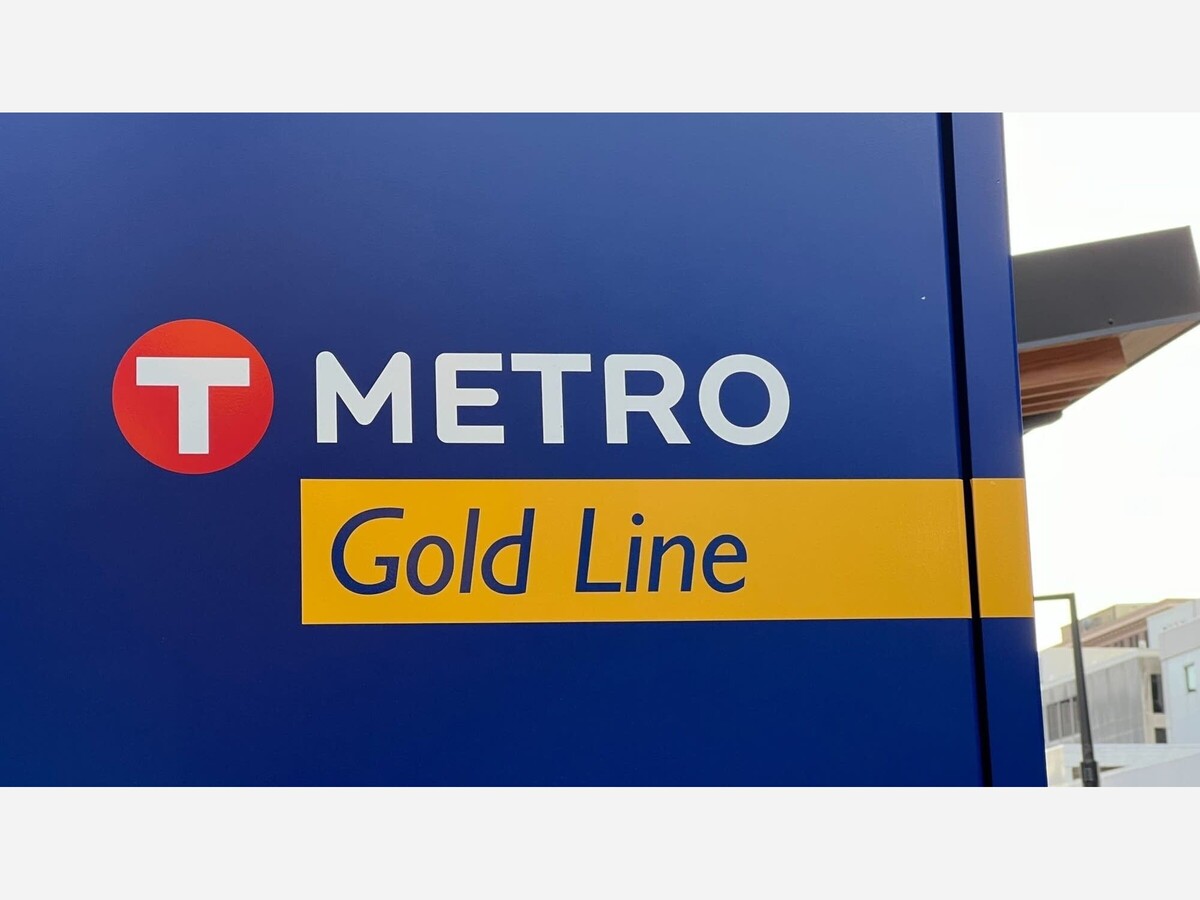

WOODBURY, MN — Six months after the Twin Cities’ newest and most expensive bus rapid transit (BRT) line began service, the METRO Gold Line is facing scrutiny amid lower-than-expected ridership and questions over its $500 million price tag.
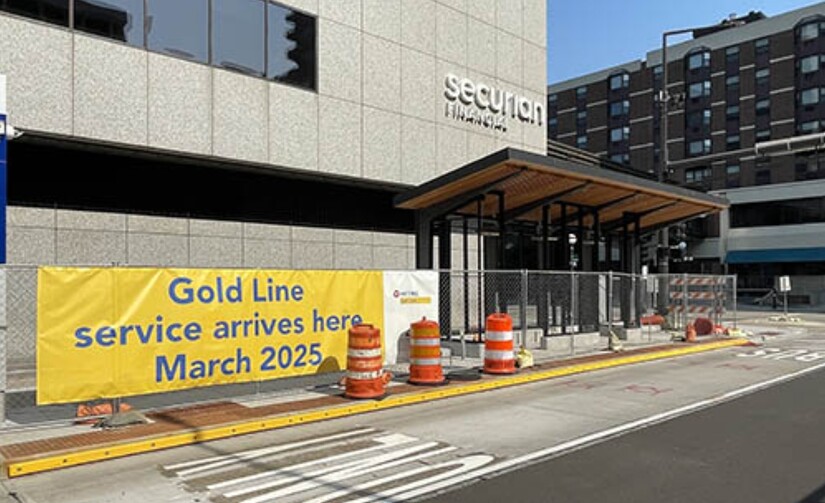
An independent review by 5 INVESTIGATES found that ridership on the 10-mile line—running from downtown St. Paul through Maplewood, Landfall, Oakdale, and ending in Woodbury—has been trending upward but remains well below pre-pandemic projections. Some trips documented during the investigation saw just one or two passengers boarding at a time, with others running nearly empty.
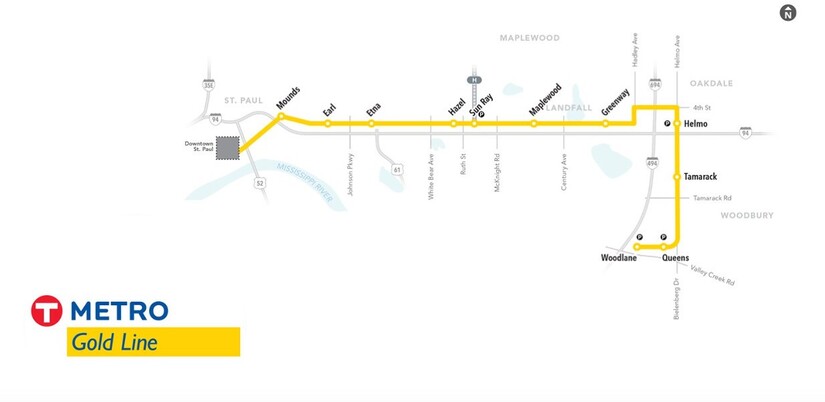
Metro Transit attributes the early ridership gap to projections developed using forecasting software from the Federal Transit Administration. Officials also point out that such major transit projects often take years to reach their full potential.
“When you think about building a transit system, you’re not building it for today, but you’re building it for really a century down the road,” said Woodbury Mayor Anne Burt, whose city serves as the eastern terminus of the line.
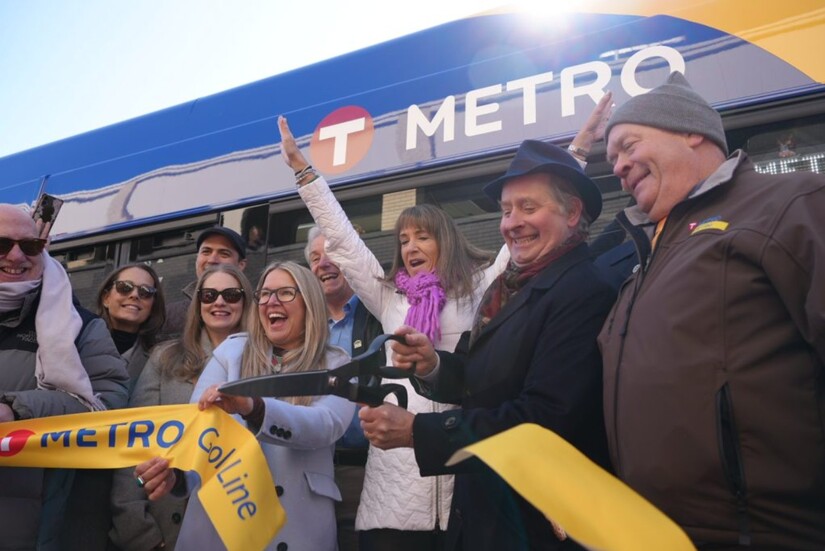
For Mayor Burt, neither the low ridership nor the public frustration comes as a surprise.
“We hear the same thing,” she said, acknowledging the concerns of local taxpayers. “There was a need and an expectation that if we’re paying into it—as the east metro is paying into it—we should be getting something for it.”
The mayor noted that residents in the eastern suburbs have contributed to a metro-wide transit sales tax for nearly two decades, yet have seen fewer transit investments compared to the west metro. The Gold Line, she argues, is a long-overdue step toward a more balanced regional system.
“I wasn’t involved in making the decision to bring it here, but I think transit in metropolitan areas is very important,” Burt added.
The Gold Line’s dedicated bus-only lanes along I-94 and its modern stations are part of Metro Transit’s broader goal to expand the regional BRT network and connect more communities to jobs, education, and essential services.
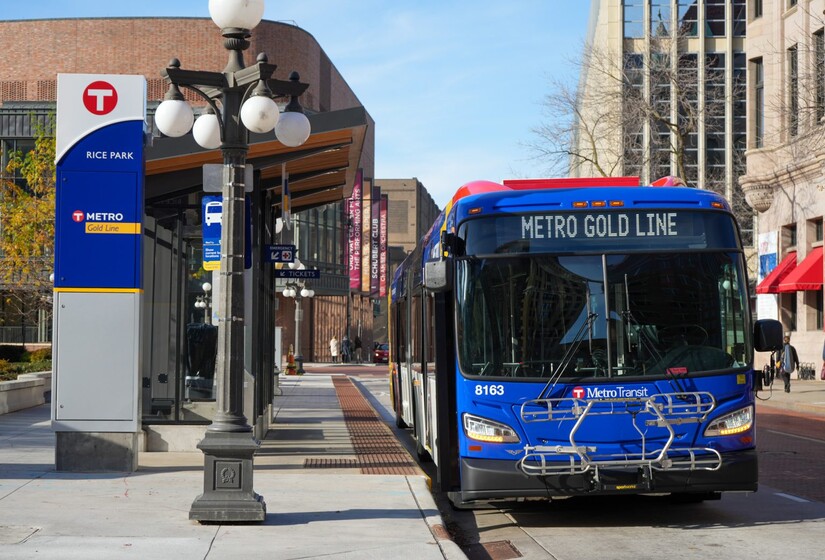
For Maplewood City Council Member and disability advocate Nikki Villavicencio, ridership numbers only tell part of the story.
“I have to think about the whole community, not just folks who drive,” Villavicencio said. “Transit is a way they can get to work. Transit is a way they can get out in the community.”
Villavicencio—who has served on the Minnesota Council on Disability—emphasized that public transportation is essential for residents who rely on accessible, affordable ways to move through the metro.
“As a lifelong advocate, I think equity is always an uphill battle,” she said. “But it’s a battle worth fighting.”
She acknowledged that making the case for major transit investments can be difficult, especially when early data invites criticism. Still, she sees the Gold Line as a critical lifeline for many who cannot drive.
According to Metro Transit, average weekday ridership surpassed 1,400 daily riders by mid-summer 2025, marking steady progress since the line’s March opening—but still far below the 5,900 daily rides originally forecast for its first year. Officials say they expect ridership to grow as development increases along the corridor and more workers return to on-site jobs.
Deb Barber, chair of the Metropolitan Council’s Transportation Committee, told 5 INVESTIGATES that new BRT lines typically take 12 to 18 months to stabilize ridership.
While some taxpayers remain skeptical, supporters argue the Gold Line represents a long-term investment in sustainability, accessibility, and regional equity.
As the buses continue to roll between downtown St. Paul and Woodbury, east metro leaders are urging patience—believing the payoff will come not in months, but in generations.